In the vast world of photovoltaic power stations, grid-connected photovoltaic environmental monitoring instruments are like a pair of sharp eyes, constantly keeping an eye on the subtle changes in the surrounding environment. It is not only the "weather forecaster" of photovoltaic power stations, but also a strong backing for the efficient operation and safe stability of the power stations.
The WX-WQX10C grid-connected photovoltaic environmental monitor is specially designed for grid-connected photovoltaic power stations. Its core function lies in real-time monitoring and precise recording of a series of key environmental parameters. These parameters include but are not limited to light intensity, temperature (including ambient temperature and component backplane temperature), humidity, wind speed and wind direction, etc. These seemingly simple data actually have a crucial impact on the power generation efficiency, operation and maintenance strategies, and even the long-term stability of photovoltaic power stations.
As the primary factor affecting the efficiency of photovoltaic power generation, even the slightest fluctuations in light intensity can be keenly captured by grid-connected photovoltaic environmental monitoring instruments. Through real-time monitoring, power station managers can flexibly adjust the tilt Angle and direction of photovoltaic modules to ensure that every ray of sunlight is utilized to the greatest extent, thereby enhancing power generation efficiency.
Temperature monitoring should not be overlooked either. Whether it is the ambient temperature or the backsheet temperature of the module, excessively high temperatures will lead to a decline in the efficiency of photovoltaic modules and even accelerate their aging. The grid-connected photovoltaic environmental monitoring instrument provides a scientific basis for adjusting the heat dissipation strategy of the power station through real-time data feedback, effectively extending the service life of photovoltaic modules.
The monitoring of meteorological parameters such as humidity, wind speed and wind direction is more related to the safe operation of power stations. High humidity may cause condensation on the surface of components, affecting the power generation efficiency. The changes in wind speed and direction are directly related to the stability and wind resistance of photovoltaic support structures. The grid-connected photovoltaic environmental monitoring instrument provides strong support for the operation and maintenance decisions of power stations by comprehensively monitoring these parameters.
It is worth mentioning that the grid-connected photovoltaic environmental monitor also features intelligent early warning and fault diagnosis functions. When a certain parameter detected exceeds the preset range, the system will automatically issue an alarm to remind the power station management personnel to take corresponding measures to prevent potential faults from occurring. This intelligent management approach not only enhances the operational efficiency of the power station but also significantly reduces the operation and maintenance costs.
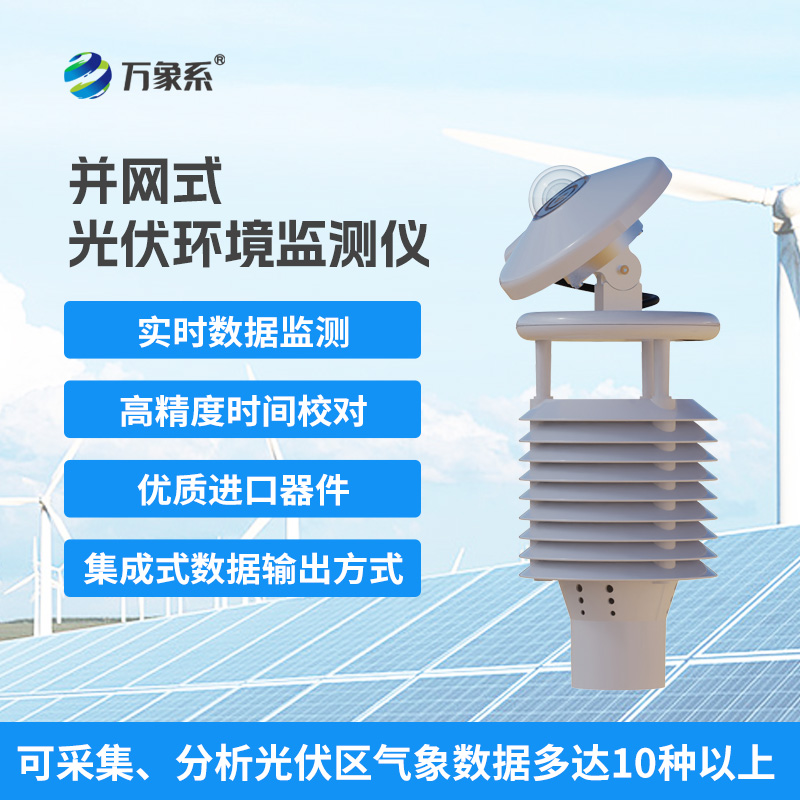
Article address:
http://www.0757gl.com/en/article/1573.html

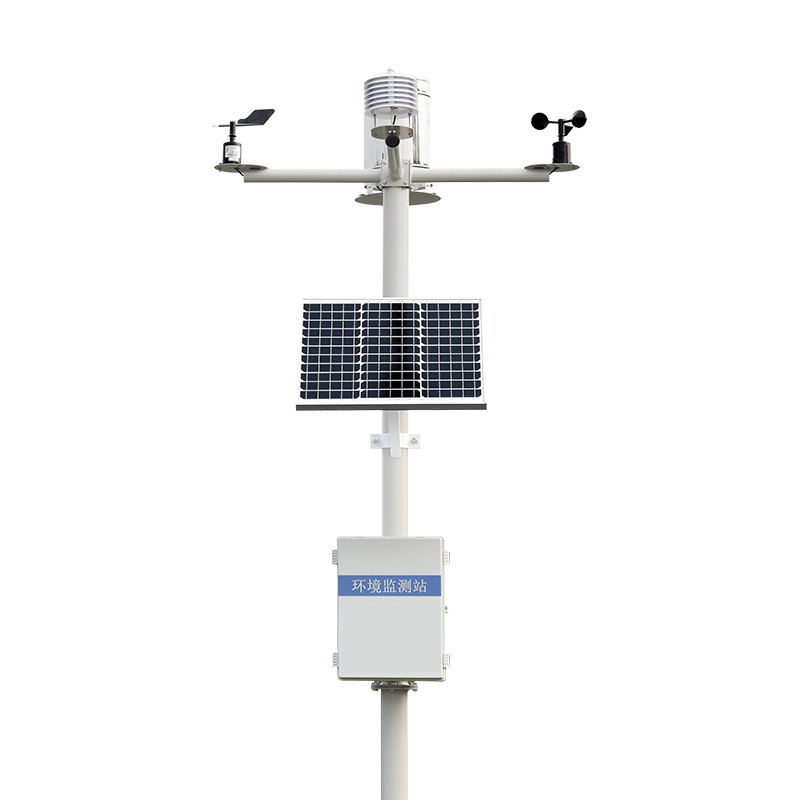
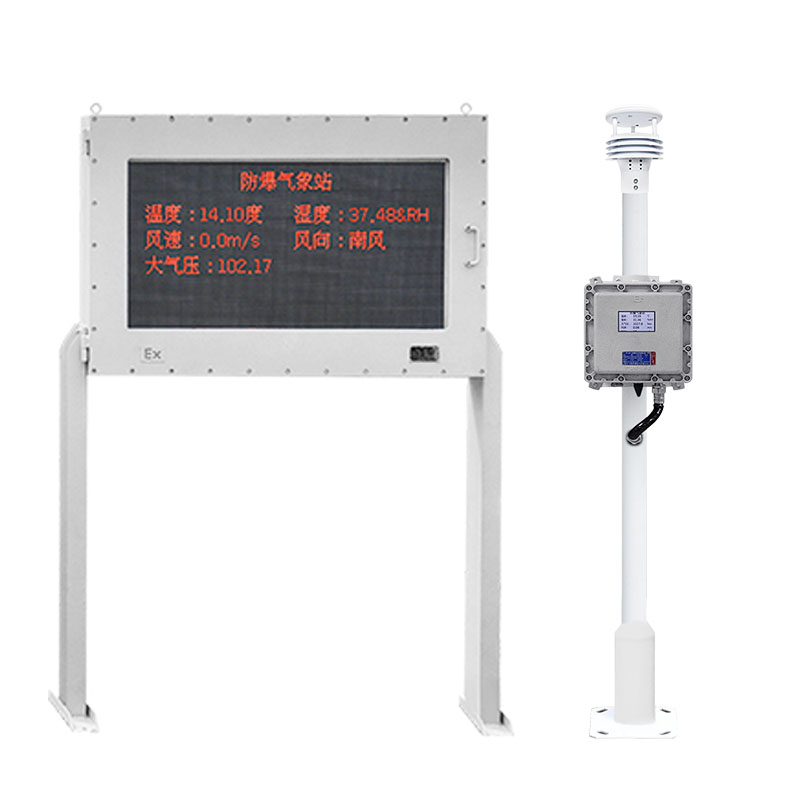
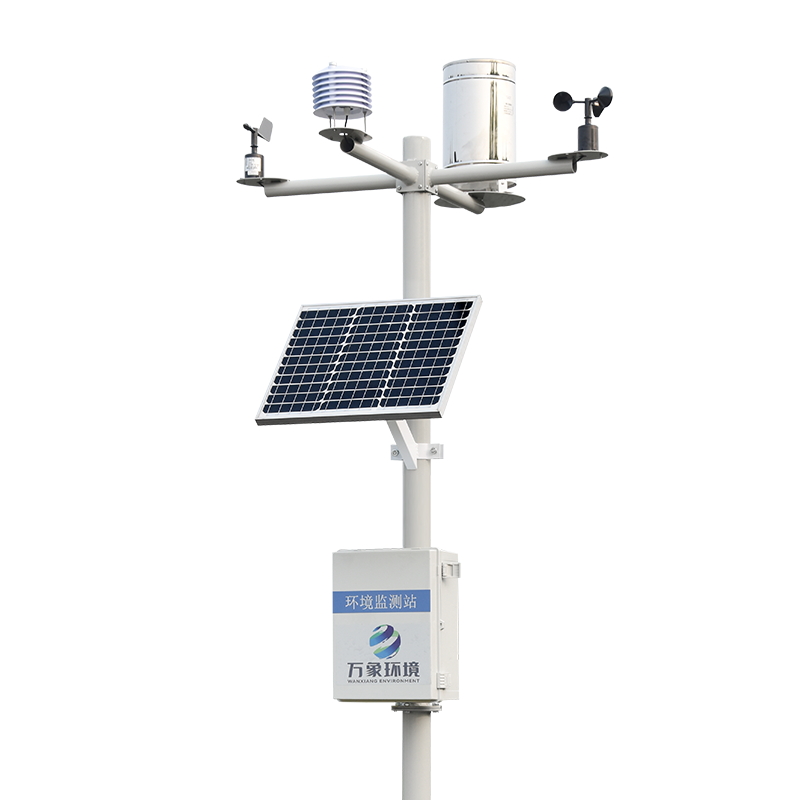
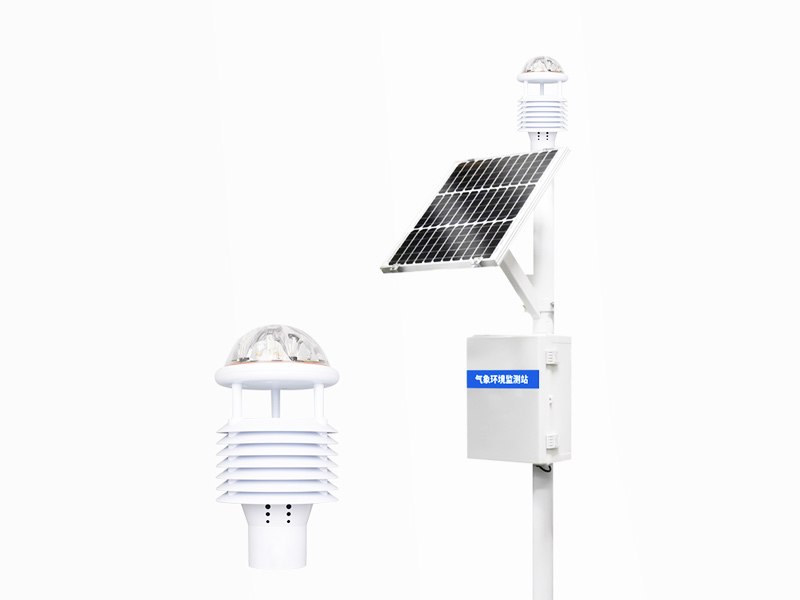


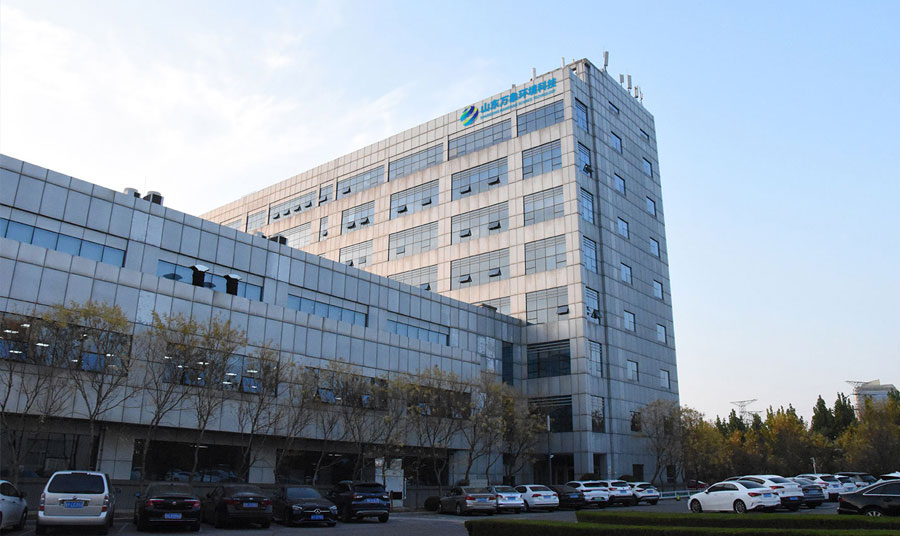
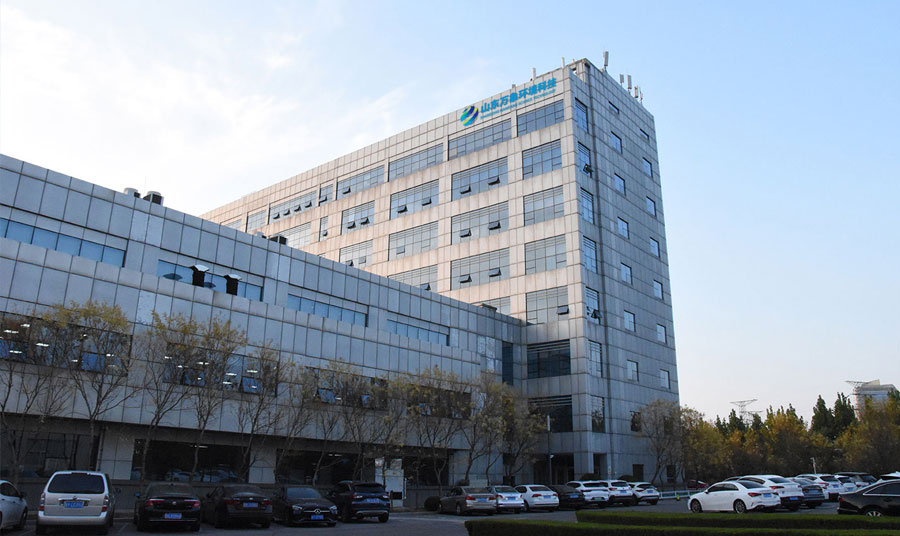



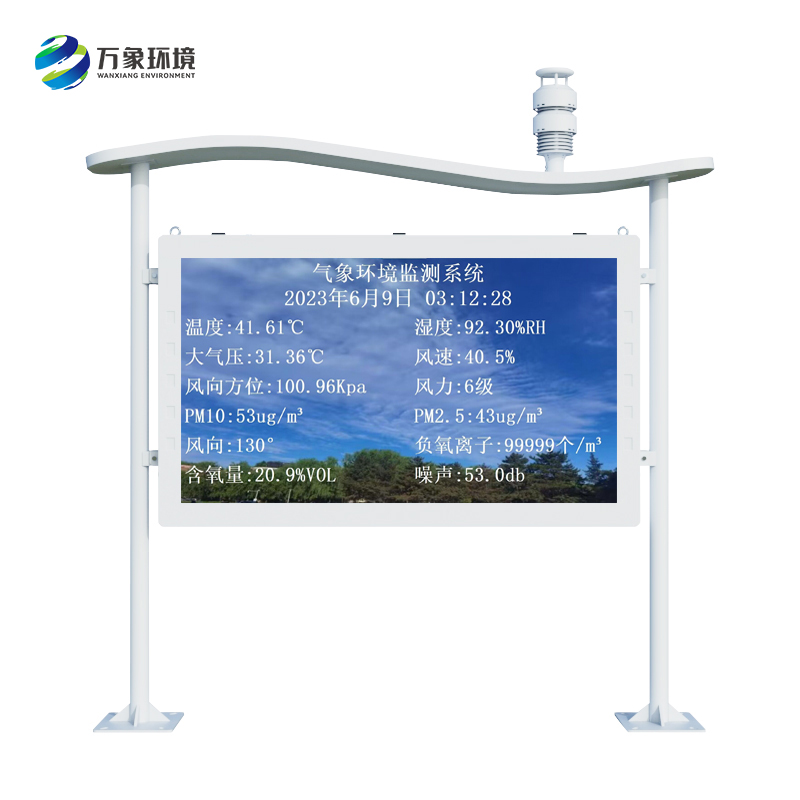
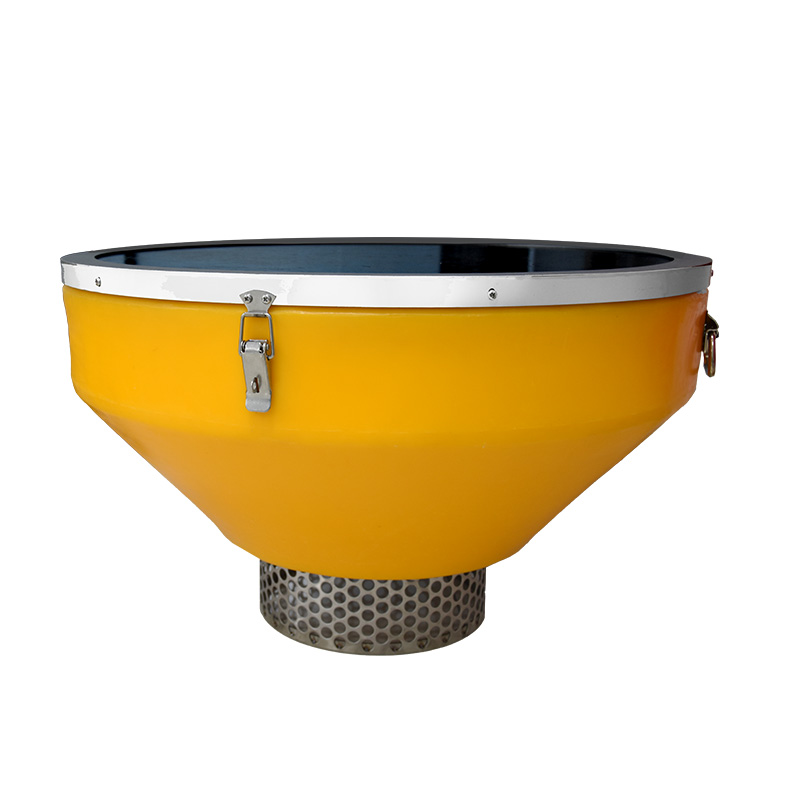
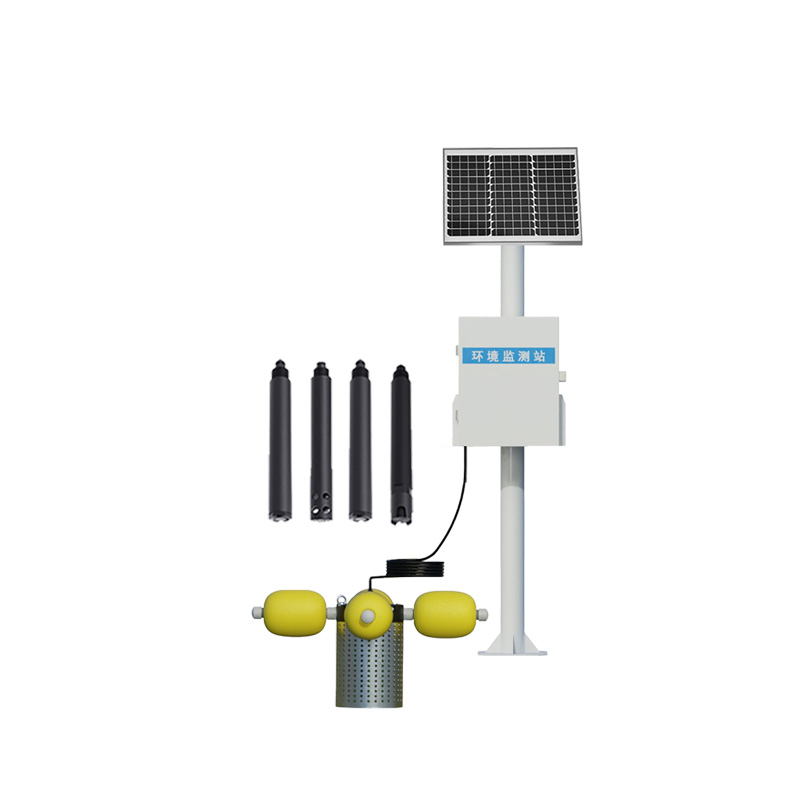
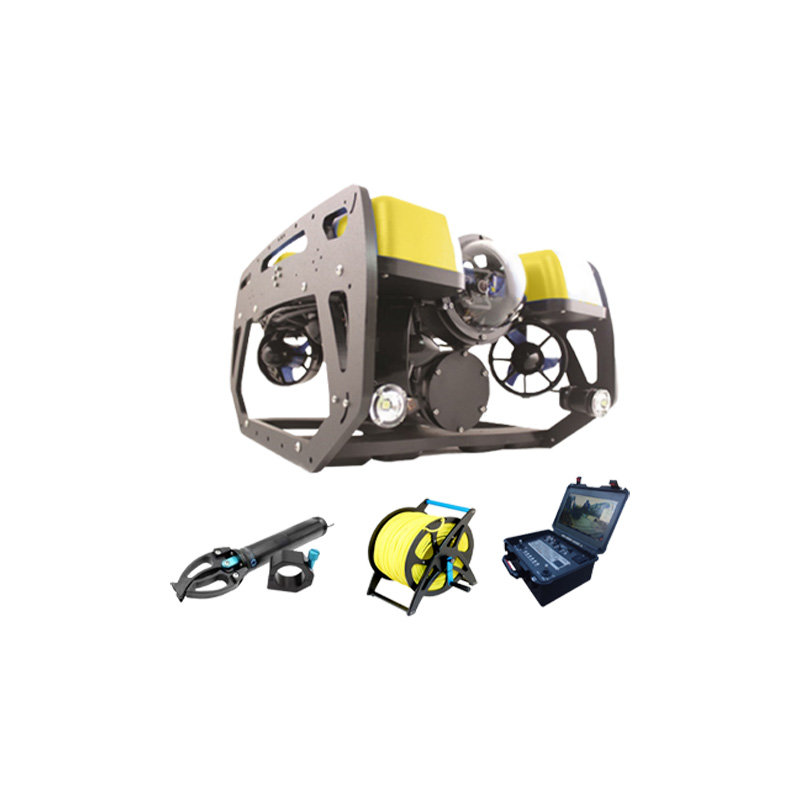


 Home
Home phone
phone Product Overview
Product Overview Contact Us
Contact Us